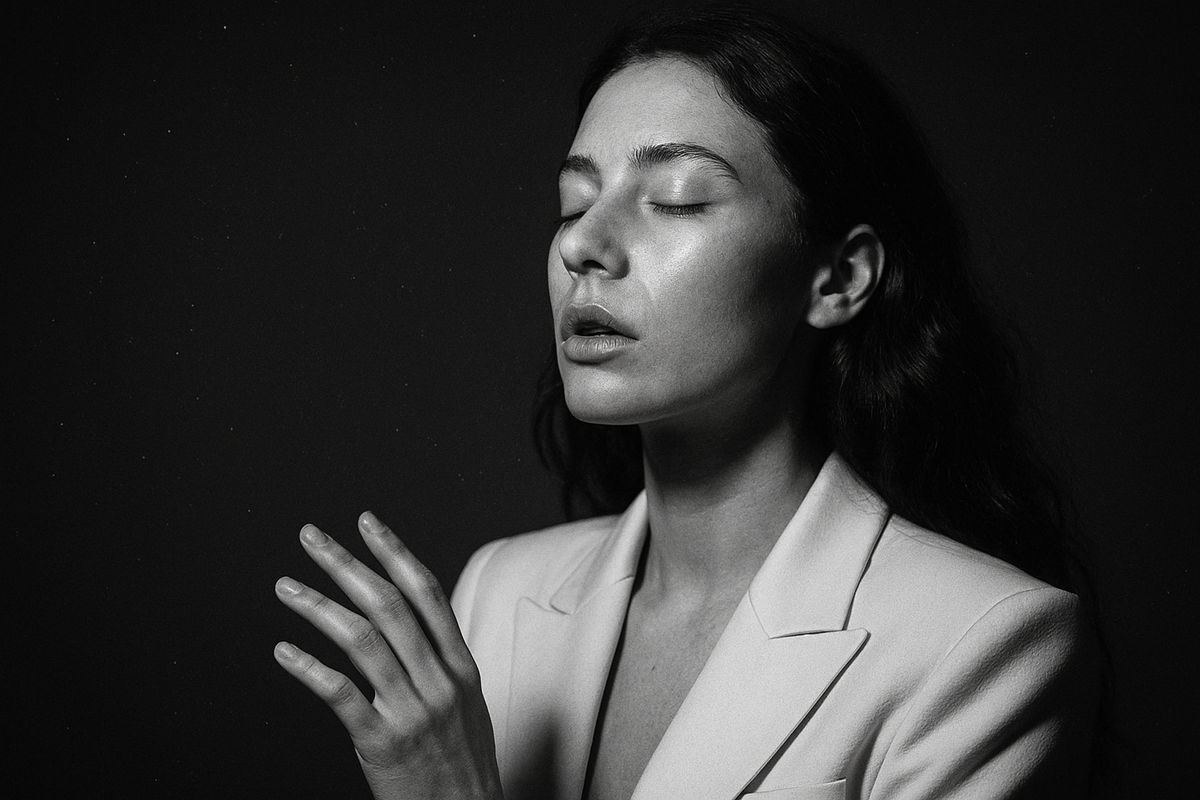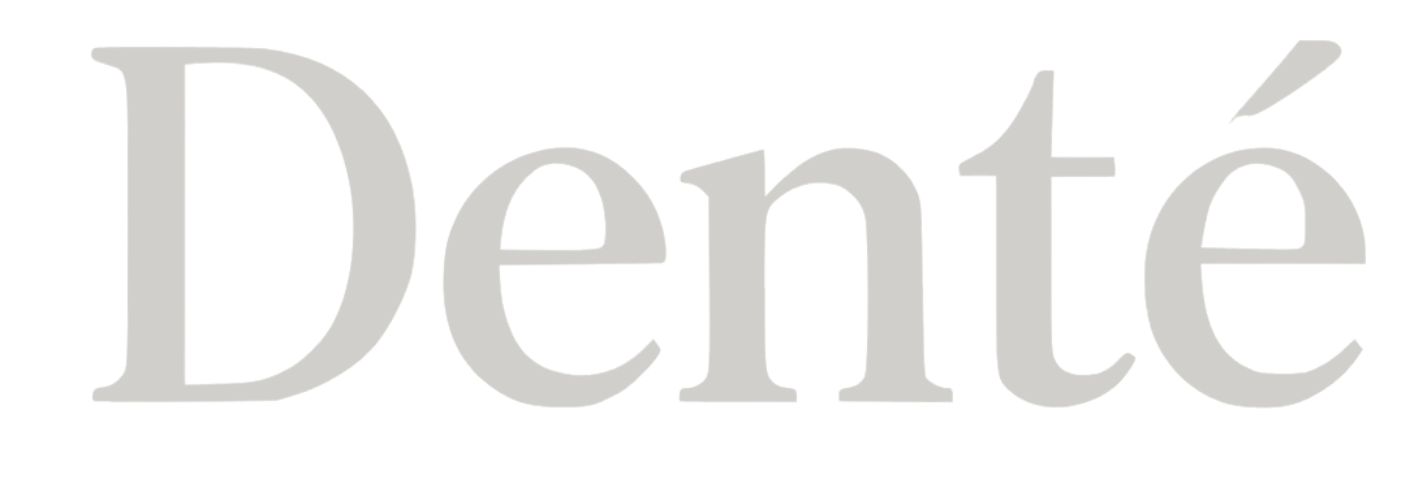The Impact of Breathing on Face Shape: Understanding the Link and Seeking Solutions

By Hayley Zulkowsky, RDH, BSDH, CDHC
Have you ever considered that the way you breathe could play a significant role in shaping your face? From the alignment of your teeth to the overall structure of your jawline, breathing habits have far-reaching consequences. In this article, we explore the intriguing connection between face shape and breathing, examining how one affects the other and what can be done to address potential issues.
The Relationship Between Breathing and Face Development
Many people may not realize that the way we breathe can influence the development of our facial features. Breathing primarily through the mouth can significantly alter the natural progression of facial development.
The tongue—a powerful and essential muscle—plays a crucial role in maintaining proper alignment of the facial bones. When breathing is predominantly through the mouth, the tongue is pushed down and back instead of resting in its optimal position on the roof of the mouth. This mispositioning can affect facial structure over time.
The Consequences of Improper Face Development
Mouth breathing and the resulting improper facial development can have wide-ranging effects on both oral health and overall facial structure, including:
- Teeth Misalignment: Lack of proper tongue support can cause teeth to grow in crooked, disrupting natural alignment.
- Bite Irregularities: Misaligned teeth can lead to an incorrect bite, affecting how the upper and lower jaws fit together.
- Jaw Complications: Poor jaw alignment forces the face to compensate, often resulting in a receding chin and a long, narrow appearance.
- Airway Restriction: Improper facial development can reduce airway size, potentially causing breathing difficulties.
- Posture Issues: Compensations in facial structure can lead to poor posture and a forward-tilted head.
The Ideal vs. Unnatural Face Characteristics
Recognizing the signs of unnatural facial development helps us understand the consequences of improper breathing habits.
Signs of an improperly developed face may include:
- Crooked nose
- Receding chin
- Jaw setback, creating a long, narrow face
- Smaller airway
- Poor posture
- Open lips
- Head tilted forward
Signs of natural facial development through proper breathing include:
- Straight nose
- Straight chin
- Wider face
- Closed-mouth posture
- Well-developed jawline and cheekbone structures
Addressing the Issue
So, what can be done to prevent or correct these issues? The answer is orofacial myofunctional therapy (OMT).
Orofacial myofunctional therapists specialize in retraining the muscles of the face and tongue, correcting improper habits, and promoting optimal facial development. By addressing the root causes of mouth breathing and improper tongue posture, OMT can improve both function and appearance.
The Takeaway
The relationship between breathing and face shape highlights the importance of paying attention to how we breathe. From early childhood, proper breathing habits can positively influence facial development, resulting in a harmonious and well-balanced appearance.
For those already experiencing the consequences of improper development, orofacial myofunctional therapy offers a promising path to retrain facial muscles and optimize facial structure. Paying attention to breathing is more than a health measure—it is a key factor in shaping both appearance and function.




